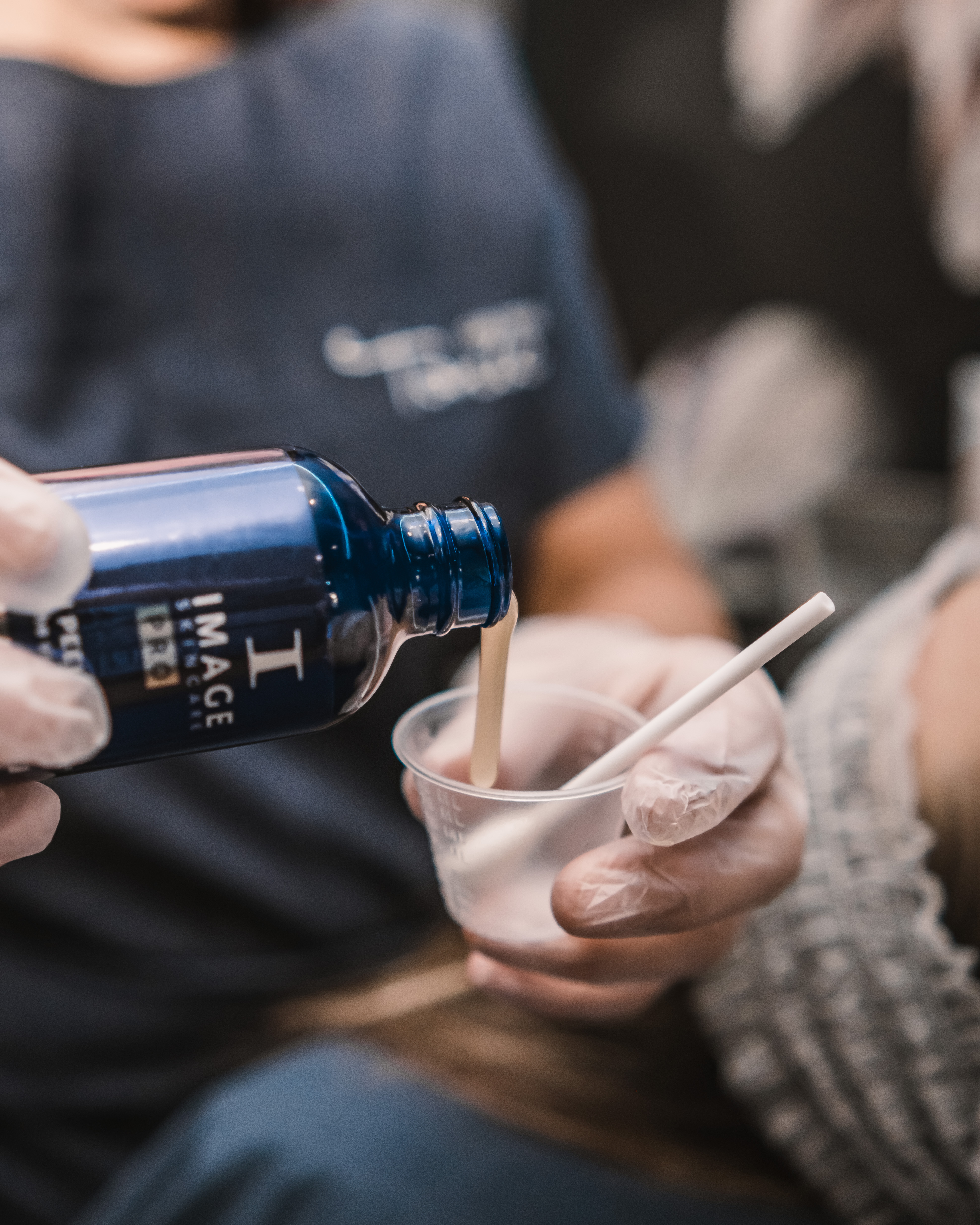
Do you dream of smoother, clearer, and younger-looking skin? Enter the world of skin peels, a popular aesthetic treatment gaining traction for its ability to revitalise the complexion. But before you dive into this world of exfoliation, let’s explore what skin peels are, what happens during the process, and whether they’re the right solution for your skin’s needs.
Unmasking the Mystery: What are Skin Peels?
Skin peels, or chemical peels, are non-surgical procedures utilising various chemicals to resurface the skin. These solutions work by gently dissolving the topmost layer of the epidermis, shedding dead skin cells, and stimulating the production of new, healthier ones. As a result, skin peels can address various concerns, including:
Peeling Back the Layers: What Happens During a Skin Peel Appointment?
While the specific details may vary depending on the type of peel used and the individual’s needs, here’s a general outline of what to expect during a typical skin peel appointment:
1. Consultation: This initial meeting involves discussing your skin concerns, medical history, and desired outcomes. Our skin experts will determine the type of peel suitable for your skin type and desired results.
2. Skin Preparation: The area being treated will be thoroughly cleansed to remove any makeup, oil, or dirt.
3. Application of the Peel: The chosen chemical solution is meticulously applied to the targeted area. Depending on the peel’s strength, you might experience a slight tingling sensation, which usually subsides quickly.
4. Rinse and Removal: After a short timeframe, the peel is rinsed with warm water, stopping its action. This is followed by removing the solution and cleansing the skin again.
5. Post-Peel Care: Detailed instructions for aftercare will be provided. These typically involve gentle cleansing, using SPF religiously, and avoiding picking at the peeling skin.
6. Follow-up Appointments: Depending on the peel’s depth and your individual needs, follow-up appointments may be recommended to track progress and optimise results.
Unveiling the Benefits: Why are Skin Peels Recommended?
Skin peels offer several advantages for achieving various aesthetic goals:
Are Skin Peels Right for You?
While skin peels are generally safe and offer numerous benefits, they might not be suitable for everyone. Here are some considerations before scheduling an appointment:
Unveiling the Season: Is There a Best Time for Skin Peels?
While skin peels can be performed year-round, there are benefits to considering the season:
Our team of skincare experts is always on hand to answer your questions about skin peels. We hope to see you soon!